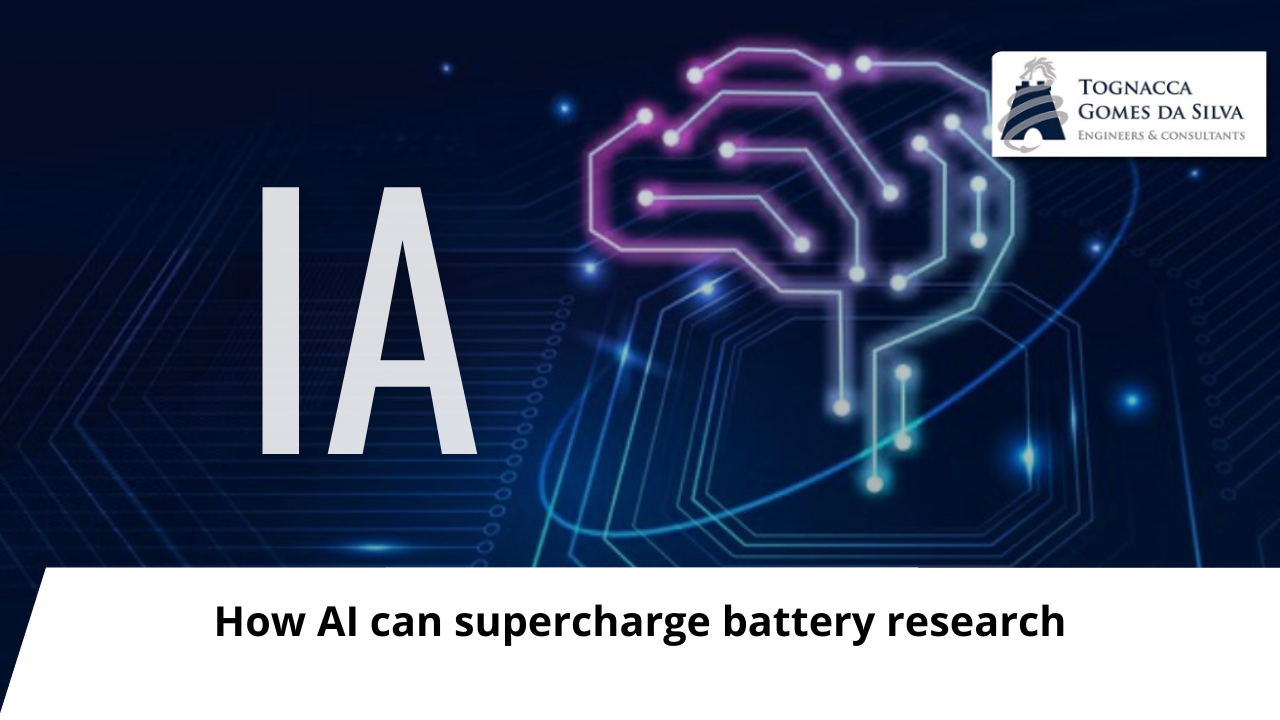During one of the final sessions of our ClimateTech event, I heard about how AI could help develop battery materials for future electric sports cars.
This came during a discussion with Venkat Viswanathan about the potential of electric aviation — an exciting prospect but also a huge challenge given the high demands on batteries during flight. Current batteries are simply not enough for the skies.
In our conversation, Viswanathan said that one of the reasons he sees hope in electric aviation is the potential for AI to accelerate battery research. In fact, he co-founded a startup called Aionics in 2020 to bring AI to battery development.
On stage at ClimateTech, Viswanathan announced a new research partnership that he said could make AI a key force in the development of future batteries for electric vehicles. The agreement is between Aionics and Cellforce, a German battery manufacturer that is a subsidiary of Porsche. Aionics will help Cellforce design new electrolyte materials in hopes of producing better batteries.
I’m still excited about this session and all my other ClimateTech chats, so let’s dig a little deeper and see how AI can help drive battery progress.
Accelerating to the maximum
We need better batteries. Electric vehicles that can charge faster and store more energy could help get more fossil fuel cars off the road. And for some sectors, like aviation, significant technical progress in battery chemistry will be needed for newer, cleaner technology to start working.
But new batteries created in a lab have a long way to go before they can be produced on a large scale. It is a path that could take more than a decade to complete.
During our session at ClimateTech, Viswanathan described this problem and pointed to the fitness tracker on his wrist, which contained a battery made by Sila. Its new anode is made of silicon, which helps store more energy in the device. Coming up with the battery chemistry for this little product took more than 55,000 iterations, according to the company.
That’s a pretty typical situation for battery developers — and a big bottleneck for new technologies, said another Aionics co-founder, Austin Sendek, in a phone call before the event. “There is a lot of urgency around batteries and climate technology in general… and this trial-and-error approach of the last few years simply won’t work,” Sendek said.
The problem is that there are an almost unfathomable number of potential materials and material combinations for use in batteries. Sendek estimates the number of commercially available chemicals that could be used in the billions. “It’s too big a number for us to know what to do with it,” he says.
Aionics is working to use AI tools to help researchers find better battery chemistries faster. The company is focusing primarily on electrolyte, the material that carries the charge in batteries. “This is a great opportunity for us to accelerate this entire sector,” says Sendek.
Gear change
So how does all this actually work? There are a wide variety of tools under the AI umbrella that Aionics hopes will help produce better batteries for future EVs and other applications.
- Machine learning can classify a wide range of options. Even just considering the chemicals used in batteries today, there are a large number of combinations available. Machine learning tools can help design experiments to speed up the process of screening these options while optimizing the desired outcome. In a recent paper, Viswanathan and his co-authors used these tools to find electrolytes that help batteries charge faster, as my colleague James Temple wrote last year.
- Generative AI can design new materials. It is possible to go beyond even the billions of molecules currently available. Using generative models trained on existing battery materials, Aionics hopes to develop new materials that have not yet been discovered. These molecules can then be added to the pipeline to be synthesized and tested in batteries. The idea is similar to using AI for drug discovery, a topic that my colleague on our AI team, Will Douglas Heaven, covered in depth earlier this year.
- Large language models can help researchers work faster. In another announcement at ClimateTech, Viswanathan shared progress on a major language model developed by Aionics called ElectroBot. The model, which is trained based on textbooks and published research on electrolyte chemistry, can help answer questions about chemical properties or make suggestions to help solve problems in the lab. These types of AI models often have problems with “hallucinating” or generating a response that is not factually true. The startup is working to combat this problem in its model with answers that refer scientists to textbooks or published articles.
As Viswanathan said on stage, AI may be our best chance to accelerate the battery development timeline.
Related reading
AI and robots can help researchers develop new batteries, as my colleague James Temple covered in a story last year. Battery materials may seem niche, but they can be crucial to getting better products on the streets.
Read more about how new materials can help you charge your electric vehicle faster in this article I wrote earlier this year. Battery industry giants like BYD are ramping up production at a breakneck pace, making batteries cheaper across the board. Read more about this company, one of our 15 to watch, in this profile by my colleague Zeyi Yang.
( source: MIT Technology Review )



